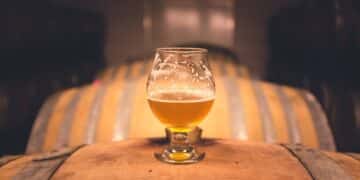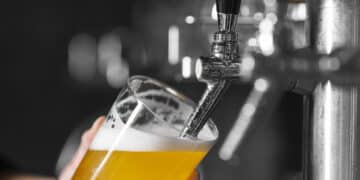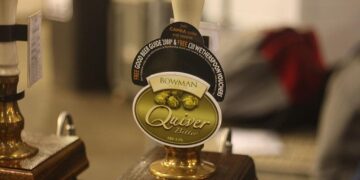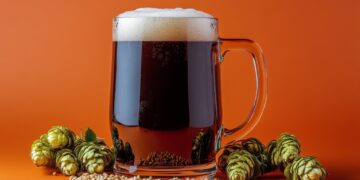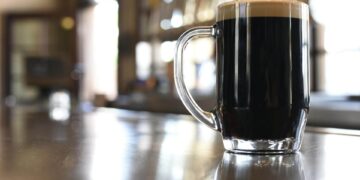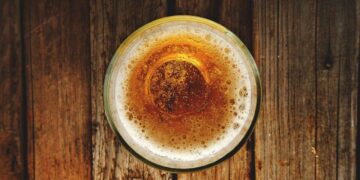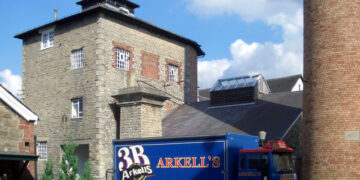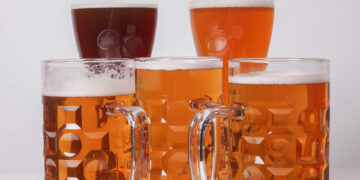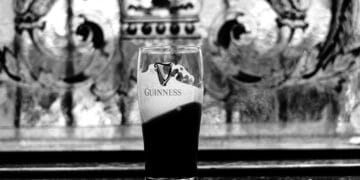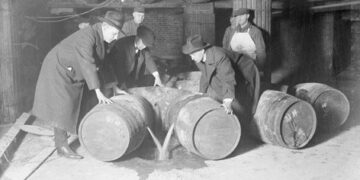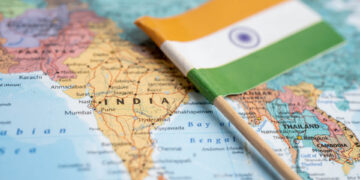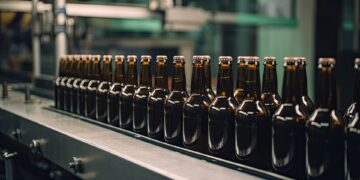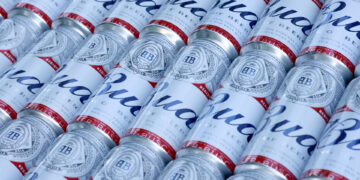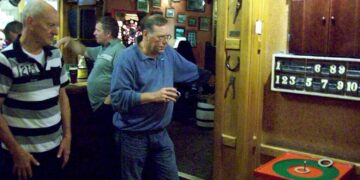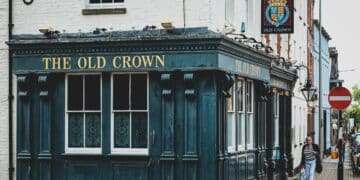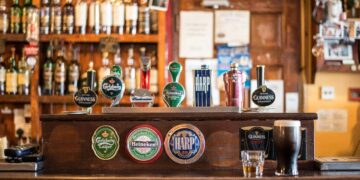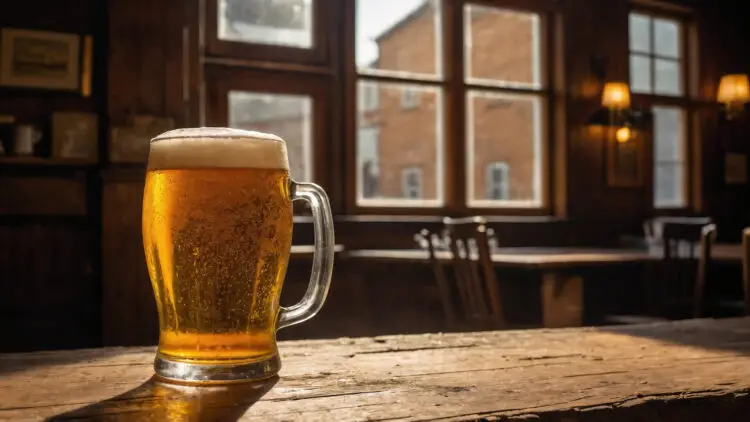Like most nationalities Brits like their beer served cool, so why are they known for preferring it warm and how does temperature actually affect the quality of the drinking experience?
Warm Beer Myth Making
Americans and ex-Prime Minister John Major (“Fifty years on from now, Britain will still be the country of long shadows on cricket grounds, warm beer, invincible green suburbs”) might have you believe otherwise, but Brits don’t really enjoy their beer warm, and never have.
This popular myth is believed to have first taken root during the Second World War when American GIs stationed in Britain were disgruntled to find the refreshment on offer at the end of a hard day’s battle was not the crisp cold lager they were nurtured on, but rather the less chilly cask beer popular locally at the time.
The tease that Brits drank warm beer was, you would hope, meant in a humorously exaggerated manner, but nevertheless when the people back home came to hear the GIs astonishing tales of crazy Brits drinking warm beer they likely failed to pick up on the jesting tone and instead took it as writ.
The myth stuck and passed into popular belief, and even though GI-approved cold lager has long since taken precedence over from cask beer as the UK’s favourite, there are still people that believe that on a hot summer’s day Brits mop their brow and reach for a “warm one”.
Cool and Refreshing Ale
In truth cask beer isn’t warm, it’s not even supposed to be tepid; it should be cool, refreshing and thirst quenching. Its recommended serving temperature of between 10-13°C (stouts around 14-15°C) allows the richness and complexity of the beer to come to the fore. This is not room temperature, as some believe, but rather cellar temperature, which is where beer is traditionally kept and where it is able to stay cool without needing to be chilled.
This isn’t to say that cask beer is always served cool. When Casque Marque, a group that monitors cask ale temperature and freshness in the UK, undertook a survey of beer served across the country in 2005, they found that 44% of 2,000 pints exceeded the optimum drinking temperature. Nevertheless, although not pleasant, it’s still unlikely that any of these could actually be classed as “warm” – well, apart from one beer that was served at 35°C.
Few would argue that the serving of beer at too high a temperature is not a subject of considerable concern, but then serving beer extra cold similarly undermines the drinking experience, and that is the norm in the USA, Australia and other parts of the world.
Lager Temperature
Lager should be served colder than ale but not so cold that you are unable to taste the flavour of the drink. It is recommended that a good quality pilsner be served between 7-10°C to allow the hop aromas and delicate malt and citrus flavours to perform at their peak. Any colder and the beer may be more immediately “refreshing”, but those appealing characteristics start to disappear.
Of course, this only really applies to lagers that have flavour to begin with. The obsession with extra cold lager has in part been cultivated by mega brewers eager to hide the lack of flavour in the beer – as well as any unpleasant aftertastes – by distracting consumers with the dubious promise of even greater refreshment. The popular US lagers brewed by Miller, Budweiser and Coors would be less at their peak at 7-10°C, but rather nigh on undrinkable.
Extra Cold
All this would be well and good if Brits were unperturbed by all the warm beer name-calling, happy in the knowledge that they know how to enjoy good quality beer. Unfortunately the penchant for ‘extra cold’ has taken hold in Britain too. In an ironic twist, a nation known for its strange love of warm beer is a nation that gets excited when their favourite brand brings out an ‘extra cold’ version of their product.
What’s more, the obsession for extra cold has even pervaded the world of the ale, the original inspiration for the warm beer taunt and a style of beer spoilt by near freezing temperatures. Although there are some that would argue that products like John Smith’s Extra Cold, Guinness Extra Cold and Scottish Courage Extra Cold are not really ales at all.







